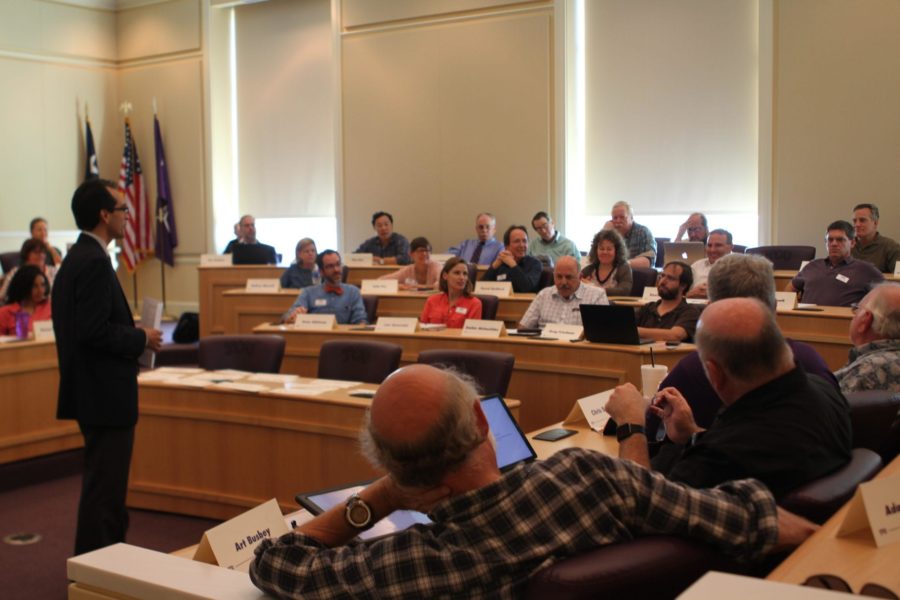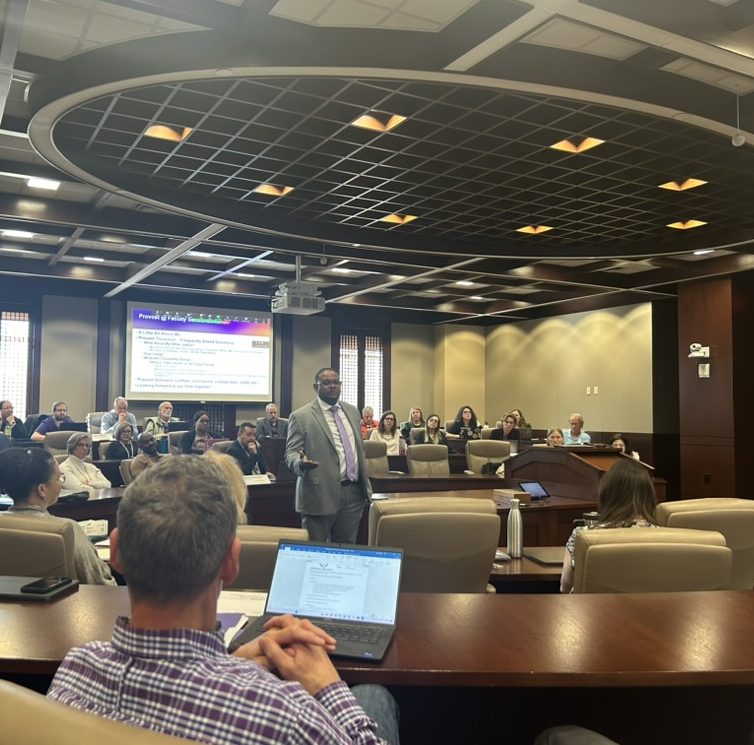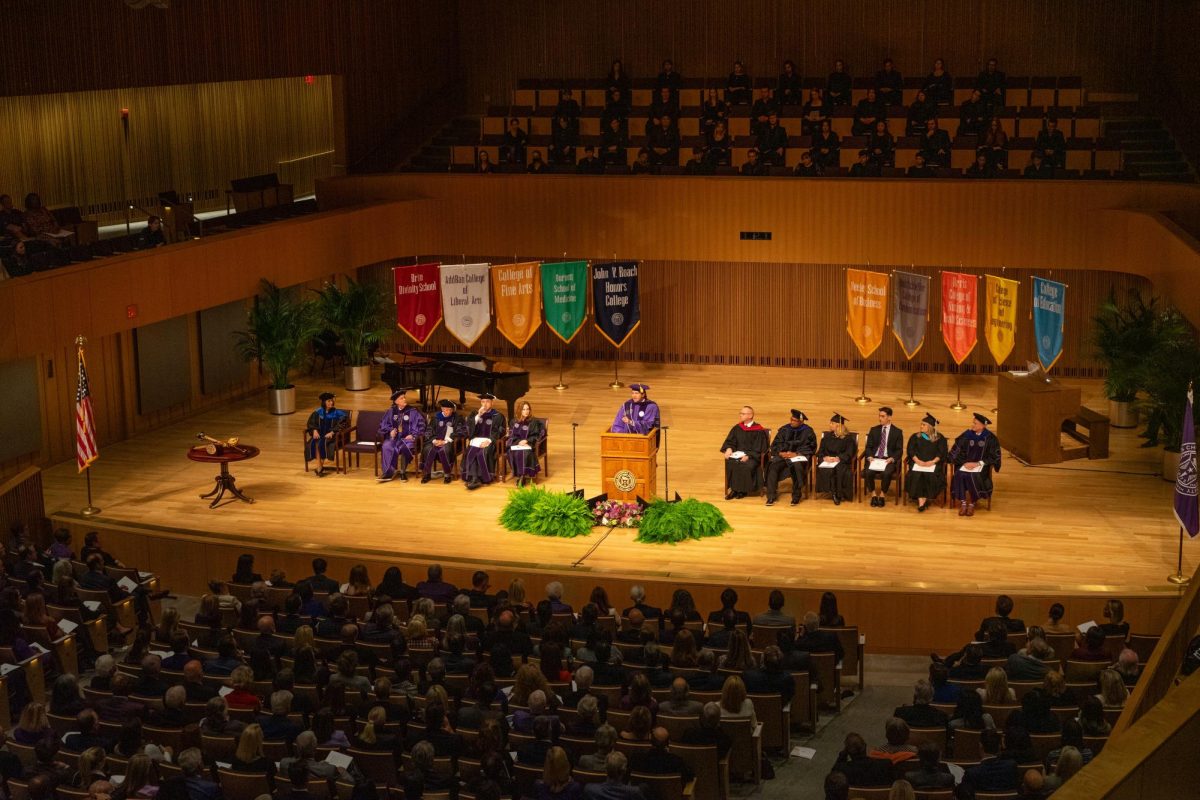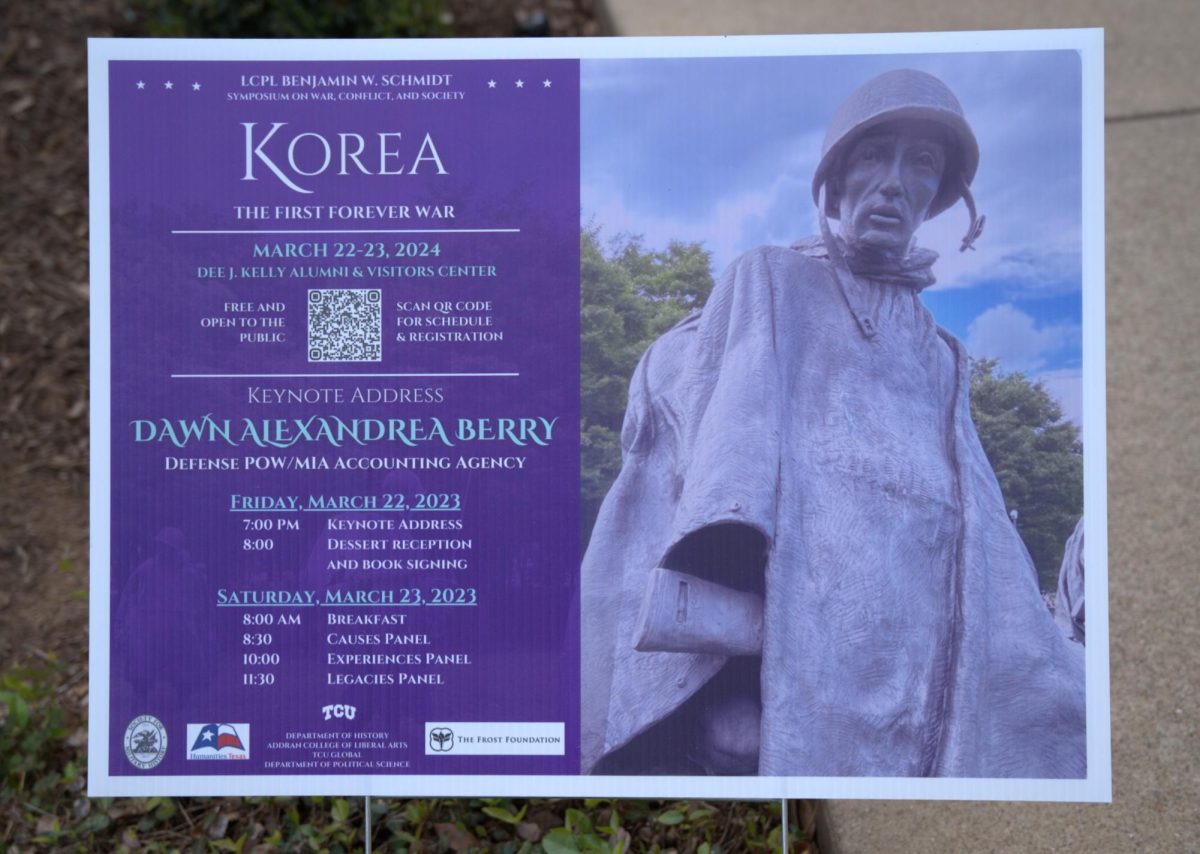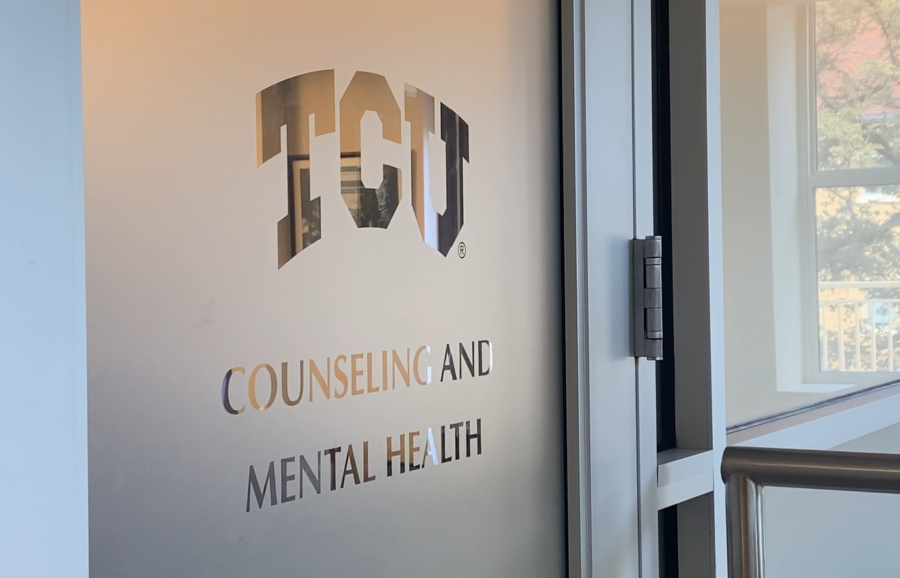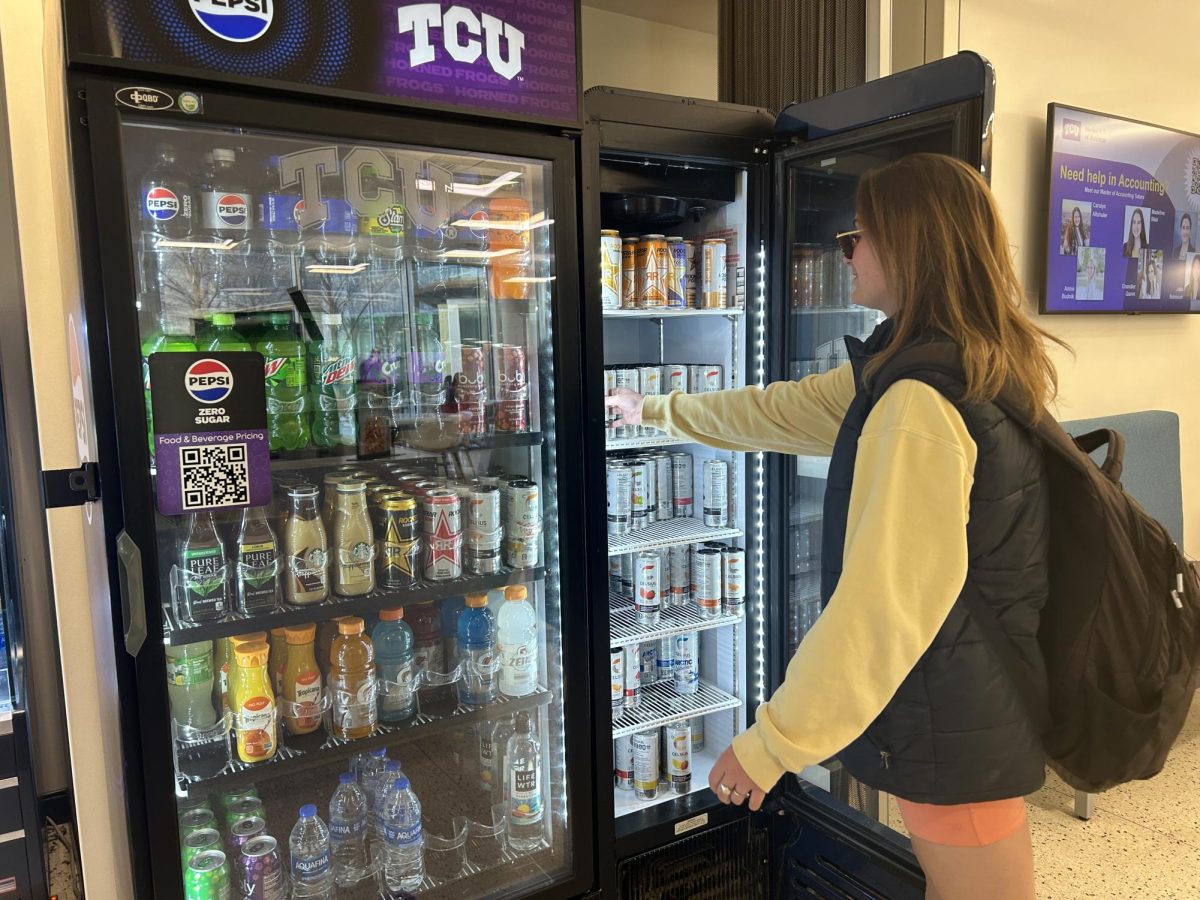The faculty senate discussed TCU at their meeting in the Brown-Lupton University Union Chambers on Thursday.
According to the United States July 2015 Census, 61.6 percent of individuals in the U.S. identify as Caucasian and 38.4 percent identify as minority.
In Texas, 43 percent of citizens identify as Caucasian and 57 percent identify as minority. As of 2010, 41.7 percent of residents in Fort Worth identify as Caucasian and 58.3 percent of residents identify as minority.
The most racially diverse student body ever at TCU is the class of 2020, consisting of 22 percent minority students, according to the faculty senate.
Recently, a group of students submitted a list of demands to the administration that expressed the desire for more diversity awareness on campus.
TCU’s faculty is currently 14 percent non-Caucasian, and TCU’s faculty senate is less than 8 percent non-Caucasian.
The faculty senate chair Jesus Castro-Balbi pointed this out as a problem and asked faculty senators to discuss this.
“How can we fulfill our mission statement with such a lack of diversity?” Castro-Balbi asked.

Faculty members responded with dissenting opinions.
Jan Quesada, a religion instructor, said the department of religion is trying to create a more diverse environment, but it is a constant struggle attracting a more diverse pool of students.
“It’s a constant tug-of-war to investigate what you can legally do without being prejudicial,” Quesada said.
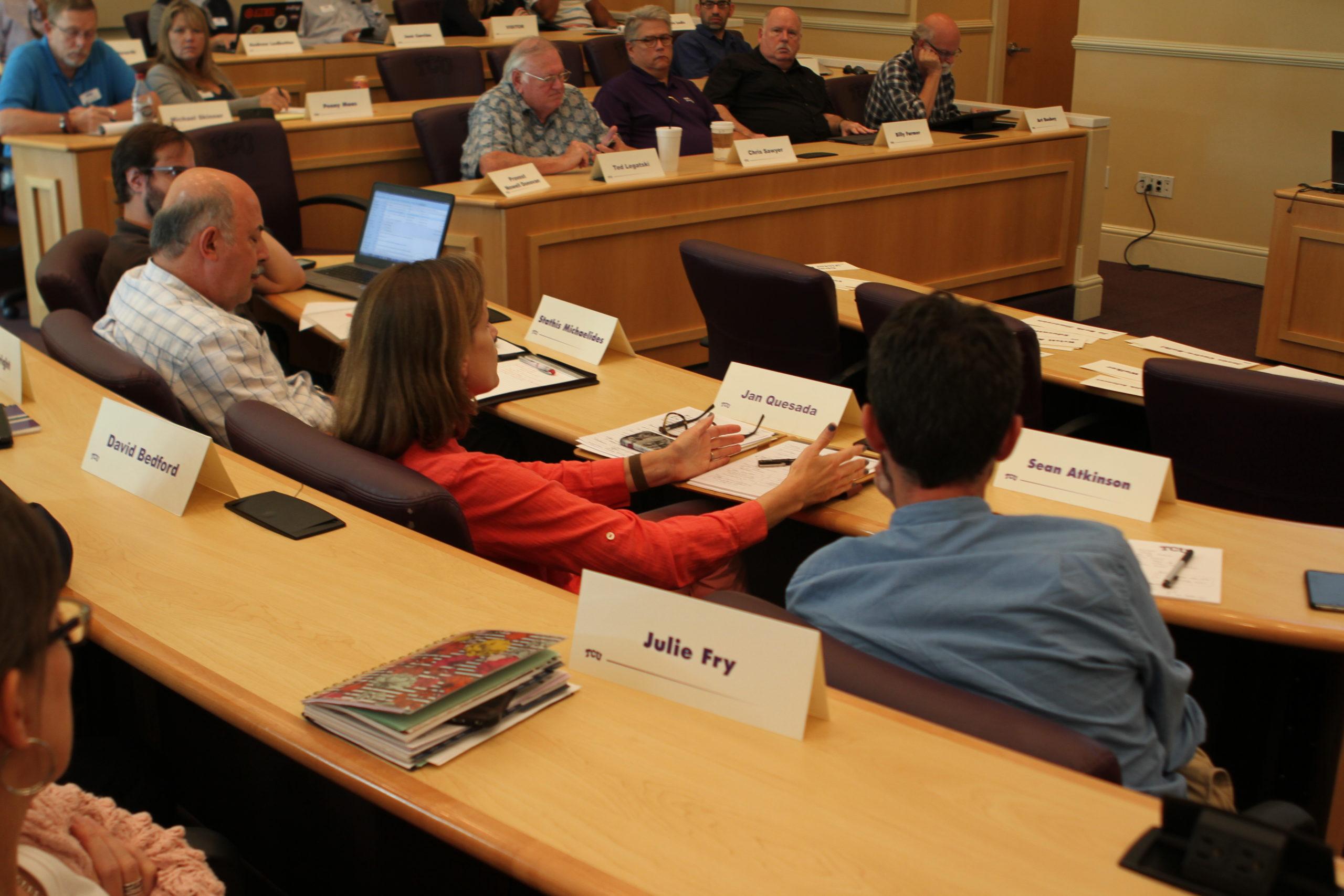
Some faculty members suggested expanding the Community Scholars program and creating an administration strategy. These suggestions may be solutions geared toward a more diverse environment.
Pamela Frable, an associate professor in the Harris College of Nursing and Health Sciences, noted that racial diversity is not the only category of diversity TCU has been grappling with.
“Some of our students come from challenged backgrounds, but that is hidden and they stay hidden,” Frable said. “Faith differences, geographic differences make people diverse.”
Billy Farmer, an assistant professor of professional practice in the department of computer science, said we should simply look for the best people for faculty jobs.
“The best thing to do is be blind to the whole aspect of race and gender,” Farmer said. “That’s what needs to be the center.”
David Sandell, an associate professor in the department of sociology and anthropology, said we should investigate how well TCU is doing with culture and inclusivity.
“I’m not sure how well we’re doing,” Sandell said. “Is there a way that we can assess that?”

As faculty senators were talking about diversity, the meeting was adjourned due to time.
It is unclear as to whether or not this conversation will be ongoing, but Castro-Balbi said it is important to talk about something that affects TCU so much.
“Diversity is a big topic in the world right now,” Castro-Balbi said. “It is always around us, so we need to be having these conversations.”
The Faculty Senate meets monthly in the BLUU Chambers. For more information, visit their webpage.



